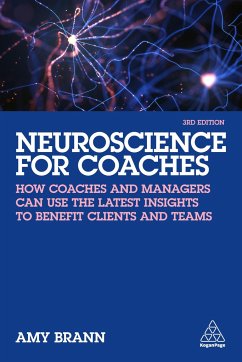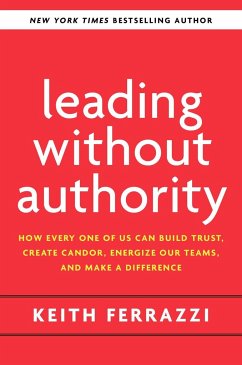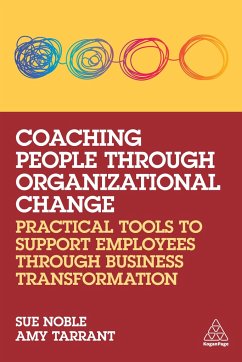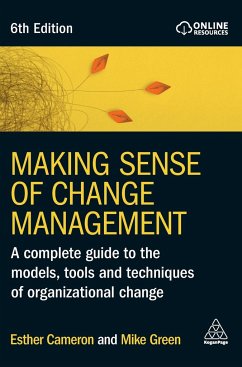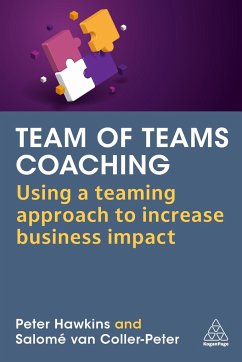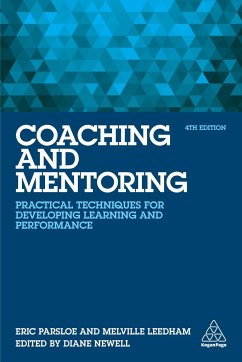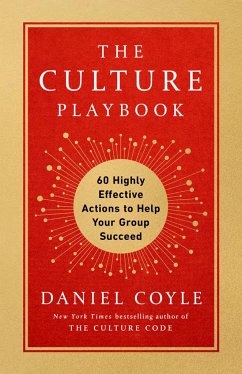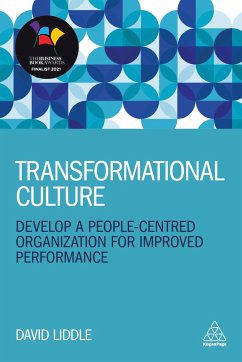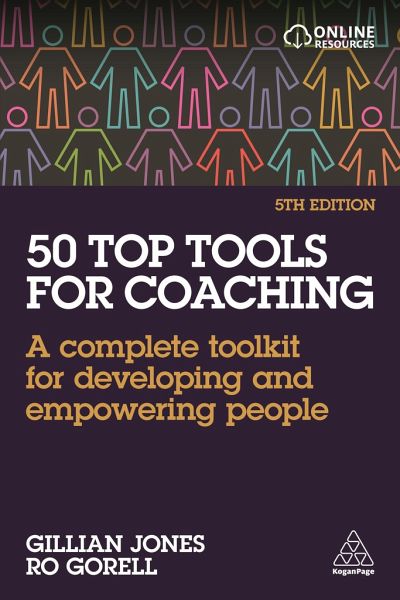
50 Top Tools for Coaching
A Complete Toolkit for Developing and Empowering People
Versandkostenfrei!
Versandfertig in 1-2 Wochen
109,99 €
inkl. MwSt.
Weitere Ausgaben:

PAYBACK Punkte
55 °P sammeln!
Equip yourself with these tried and tested tools and techniques to use at every stage of the coaching process to improve performance.





